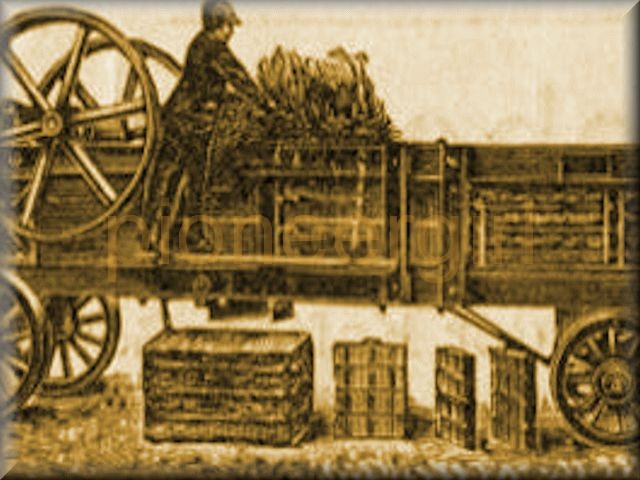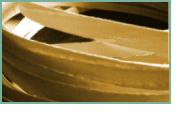ash withe / ash-withe

n. A flexible, slender twig or branch used as a band; a willow twig; a withy. A band consisting of a twig or twigs twisted. v.t. To bind or fasten with withes or twigs. — Webster, 1882
 So much hay had been put in the barns that there would be hay to spare when spring came and Father was going to have a lot of it baled and sell it in town. But first the ash withes for binding the hay must be got ready. – Farmer Boy manuscript, page 185.
So much hay had been put in the barns that there would be hay to spare when spring came and Father was going to have a lot of it baled and sell it in town. But first the ash withes for binding the hay must be got ready. – Farmer Boy manuscript, page 185.
 According to the New York State Agricultural Society in 1866, the best material to secure pressed bales of hay pressed was withes of willow, gray beech, or alder, about an inch wide and from six to ten feet long. Two, of sufficient length, were twisted, and the tops lapped and wound strongly together, making a band long enough to reach around the bale and tie. Five bands were typically put on a bale. Although Mr. Wilder seems to have made his own withes out of ash, purchased withes cost from 40 to 50 cents per hundred.
According to the New York State Agricultural Society in 1866, the best material to secure pressed bales of hay pressed was withes of willow, gray beech, or alder, about an inch wide and from six to ten feet long. Two, of sufficient length, were twisted, and the tops lapped and wound strongly together, making a band long enough to reach around the bale and tie. Five bands were typically put on a bale. Although Mr. Wilder seems to have made his own withes out of ash, purchased withes cost from 40 to 50 cents per hundred.
Withes or strands were also used to make woven baskets, and traditionally prepared as follows: Year old shoots of willow, sumac, ash, and other plants are cut and the bark removed by biting it loose and tearing it off. (Father Wilder beat his ash wood to separate the bark.) The woody portion is scraped to remove any bud protuberances and then allowed to dry. For thinner pieces, they were first bitten, then split while guiding with the fingers. These may be kept dried for months or even years, but were softened in water prior to use. Twisted withes were often used for ropes.
To make a withe. Put your foot on one end of a green hickory, white oak, ash, or some similar tough sapling, and grasping the other end of the stick in your two hands twist it until the fibers of the wood or bark separate into strands and are twisted like a rope. When this is done the with will be pliable and can be used for many purposes around camp. I had the big gate to my camp swing with hinges made of withe loops, and the hinges outlasted the gate. Young white oaks, hickory, ash, all make good withes, and in Maine the yellow birch was formerly in great demand for use in making withes, and all sorts of packages, from bales of hay, bundles of furs and household goods to the very coffins in which people were buried, were fastened together with yellow birch withes. — Daniel Carter Beard. New Ideas for Out of Doors (New York: Charles Scribner’s Sons, 1906), 220.

withe, see also ash tree
ash withe / ash-withe (FB 28)

